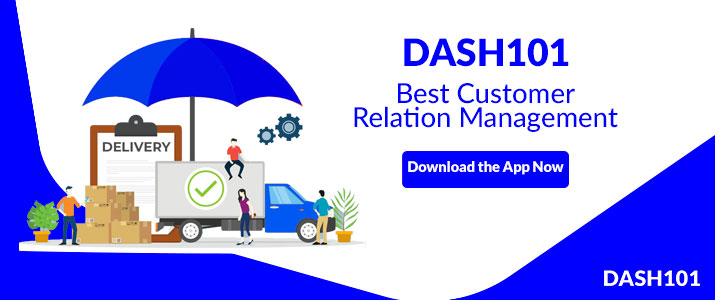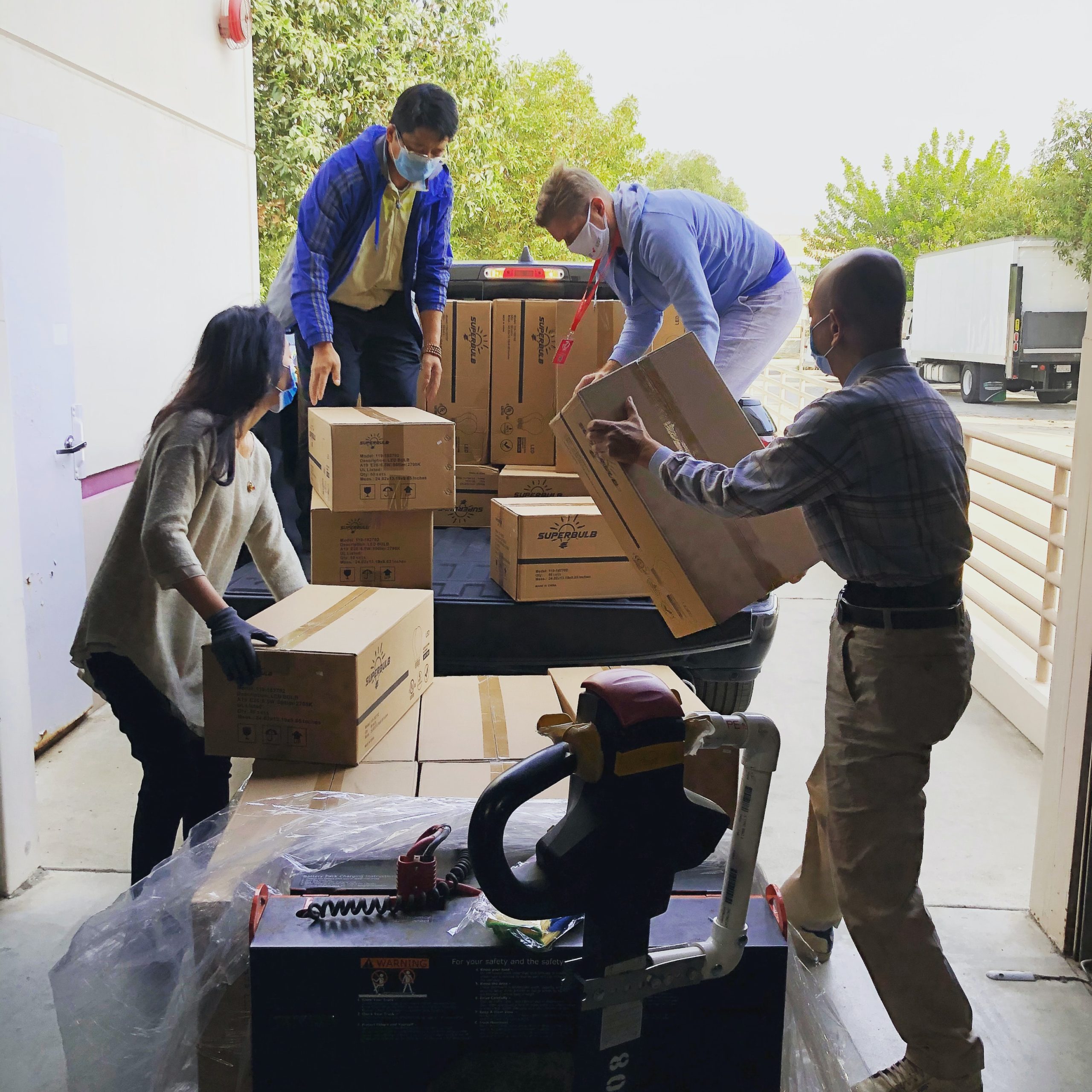Brand interaction plays a major role in the eCommerce logistics sector. Delivery of a product marks the end of a traditional product cycle. Materials flow from suppliers to end-users. But, since the emergence of E-commerce, customer-brand interaction has changed. Alongside, logistics and supply chain network have taken a shift.
What is Reverse Logistics?
The return rate of the online retail business is 30% of all the ordered products. This is unlike the (8,89%) low-average return rate of traditional brick-and-mortar retail stores. Few of the common reasons for returns are:
- Damaged product received
- The product description doesn’t match the product
- Wrong product purchased
- No longer wants the product
- Not satisfied with the product
- Various installation issues
- Warranty claim issues
These scenarios call for returns. To ensure a systematic flow of returns, manufacturers/companies should have an efficient system in place. This system is reverse logistics.
Alternatively, reverse logistics refers to the management of products obtained from customers. It pertains to the retrieval of products returned by the customer. The supply chain uses the reverse flow of direction, i.e. customer -manufacturer.
Reverse logistics involves moving goods beyond their typical final destination. As a result, the reverse movement calls for receiving, reuse, and unpacking of goods. So, if an end-user returns a product, the company bears the shipping cost. Other processes carried are testing, repairing, recycling, or disposing of the product.
How to track the flow of Reverse Logistics in your supply chain?
The flow of the products should be monitored once returned. As a result, the company needs to analyze four important aspects
- Volume – Ask yourself “Is the product the same as delivered?” “What is the return volume – high or low?” If the answer to the first question is yes, and the volume of returns is high, the issue may run deeper than a few faulty units. One needs to look into the production process.
- Percent of sales – The company needs to analyze the loss of percentage sales in reverse logistics. This refers to the number of products that it can incorporate in the supply chain. As a result, the answers to these questions help the company figure out ways to reduce the revenue loss on returns.
- Condition the returned product – It refers to quality assurance. Therefore, you need to find out if the product is failing after a specific operation. Check if there is a particular pattern of failure seen in the returned product? Identify what went wrong with the returned products. As a result of this, you can rectify the product quality issues.
- Money value – Unwanted expenses may incur if loopholes exist in reverse logistics management. The primary reason is the identification of potential challenges. Thus, achieving success in recapturing the profits will be an issue.
Why is Reverse Logistics pivotal for your supply chain?
Customer satisfaction lies at the core of every modern business. Hence companies cannot treat reverse logistics as “the cost of doing business”.
A company that is unable to provide reverse logistics service, puts its brand’s reputation at stake. Strategic management of managed returns in your supply chain management helps to:
- Uncover hidden profits,
- Improve product quality,
- Gain a competitive edge in the market,
- Boost customer satisfaction.
Keeping customers satisfied is the secret to building a loyal customer base.

Benefits of Reverse Logistics
Fundamental To Asset Use
Optimization of the reverse logistics system helps reduce product return volumes. It minimizes the repair and replacement time and reduces inventory requirements. It also helps to free the capital tied up in inventory. Furthermore, it also extends a product’s life through repair or recycles. This encourages asset use. It also recaptures and extracts the value of the product.
Increases Customer Satisfaction
When a customer is happy with your product, they will re-purchase. Modern-day customers don’t care about product quality. But, also a rather good experience. Thus, if the customer experience is negative, one must make it right through reverse logistics.
This practice is even more important for retail companies. As retail, reverse logistics becomes very crucial to ensure a limited loss in sales. When returns are hassle-free, it shows that you care about the customer’s experience. This enhances their satisfaction quotient with your brand and services.
Promotes Supply Chain Transparency
In a traditional supply chain, post-delivery, companies stop measuring their success. Due to which they fail to provide an accurate account of profit and customer satisfaction. Using forward and reverse logistics in supply chain management structure, helps maintain transparency. As a result, you can track the logistics performance across the entire life cycle of a product. This helps to manage supply chain operations better.
Reduce Negative Environmental Impact
The key tenets of reverse logistics are to ensure faulty products are recycled and disposed of in a correct manner. They shouldn’t end up in landfills. When companies take necessary measures to cut environmental footprint, it benefits the environment.
This practice also improves the company’s market reputation. Reverse logistics can help identify sustainable ways to reuse, resell, and recycle materials. The challenge in reverse logistics is to set up an efficient team to handle the logistics issues.
Reverse logistics can be an expensive affair. Hence, associating with a partner firm can solve problems. Dash101 is your best choice, your logistics partner. It caters to all your logistics needs complemented by best-in-class customer service. We have an expansive network driven by the latest technology. Furthermore, Dash101’s pan-India logistics services ensure efficient logistics.







[…] that the customer wants to return the product for some reason. This calls your attention to the reverse logistics process. So, you have to restart the entire dispatch to the delivery process – this time from […]
[…] Return and Exchange – […]